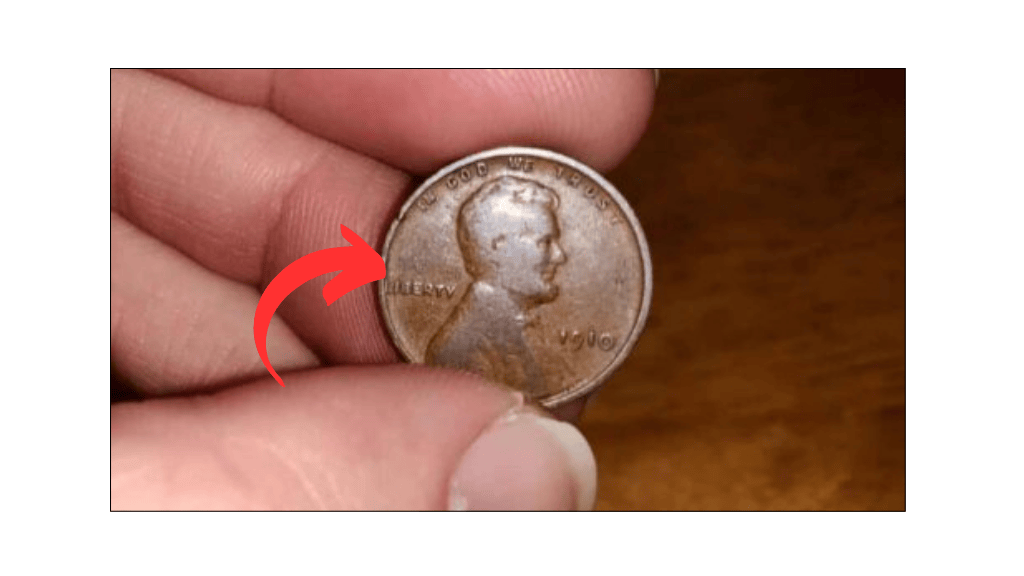It may seem unbelievable, but a simple one-cent coin, known as the Lincoln Wheat Penny, has now been valued at a mind-blowing $55.5 million. What’s more shocking? This rare penny might still be in circulation today, hidden among everyday coins in someone’s wallet, drawer, or coin jar.
What Makes This Lincoln Penny So Rare?
The Lincoln Wheat Penny was first introduced in 1909 and remained in use until 1958. It features a portrait of Abraham Lincoln on the front and two wheat stalks on the back, which is why it’s called a “Wheat Penny.”
Also See:
How to Sell Lincoln Wheat Penny, Cent, Rare Coins Online 2025: Complete Guide
During World War II, in 1943, the U.S. Mint changed penny production from bronze to zinc-coated steel to conserve copper for the war. But due to a rare error, a few 1943 pennies were mistakenly made using leftover bronze blanks from the previous year. These misprints are now some of the most valuable coins in the world.
One of those extremely rare coins has now been valued at $55.5 million, making it the most expensive penny ever recorded.
Is the $55.5 Million Penny Still Out There?
Yes, and that’s the exciting part. Because the rare 1943 bronze penny looks almost exactly like a normal coin, it could still be circulating unnoticed. It may be sitting in a coin collection, at the bottom of a piggy bank, or even given as change in a shop.
Also Check:
Most Valuable Coins Sold in 2024: This Coins makes History in Whole World
How to Spot the Rare 1943 Bronze Lincoln Penny
If you’re lucky, you might already have it. Here’s what to check:
- Date: The coin must have 1943 stamped on it.
- Colour: A rare bronze penny will have a brownish copper tone, while regular 1943 pennies are silvery steel.
- Magnet Test: Use a magnet. Steel coins stick, but bronze does not.
- Weight: Bronze coins are heavier — a professional can weigh it to confirm.
What to Do If You Think You Have It
If you believe you’ve found a rare 1943 bronze Lincoln Wheat Penny, do not clean it. Cleaning may damage the coin and reduce its value. Instead, visit a certified coin dealer or appraiser who can properly verify its authenticity and value.
The idea that a $55.5 million treasure could be hiding in your pocket change sounds like fiction, but it’s absolutely real. The 1943 bronze Lincoln Wheat Penny is one of the most valuable coins ever made, and a few may still be out there, waiting to be discovered. So next time you check your coins, don’t rush — you just might be holding a fortune in your hand.
FAQ’s
Why is the 1943 Lincoln Wheat Penny worth $55.5 million?
The 1943 Lincoln Wheat Penny is worth $55.5 million because it was mistakenly made from bronze instead of steel during World War II. Its extreme rarity and collector demand drive its high value.
Is the $55.5 million penny still in circulation?
Yes, coin experts believe that some of the rare 1943 bronze pennies may still be in circulation or hidden in old collections, as they closely resemble regular coins.
How do I identify a 1943 bronze Wheat Penny?
Look for the 1943 date, check if it has a brownish copper tone, and test it with a magnet — it should not stick. If you suspect it’s rare, get it checked professionally.
What should I do if I find one?
Do not clean it. Bring it to a certified coin appraiser or trusted coin dealer who can confirm its authenticity and value.
Where can I sell the 1943 bronze Wheat Penny?
You can sell it through reputable auction houses, trusted coin dealers, or to serious collectors. Always get multiple offers and verify the buyer’s reputation.









